


Missing Details
Year-wise Program Structure of Postgraduate Program
|
Year 1 |
Professional Core(PC) |
Skill Enhancement Course (SEC) |
Indian Knowledge System (IKS) |
Ability Enhancement Course (AEC) |
||
|
Year 2 |
Professional Core (PC) |
Professional Elective(PE) |
Research Project (RP) |
Graduation Project (GP) Design / Art Collection |
Industry Internship (OJT) |
|
| SR.NO | NAME | Organization |
|---|---|---|
| 1 | Dr. Monika Aggarwal | Chairperson, Dean Faculty of Design, MGM University, Chhatrapati Sambhaji Nagar, Email id: [email protected]. |
| 2 | Shri Shiv Kadam | Professor, School of Journalism and Mass Media |
| 3 | Mr. Baiju Patil | Associate Professor, HOD Photography School of Journalism and Mass Media |
| 4 | Rishikesh V. Khedkar | Expert in Industry, Co Founder Design Nonstop Nashik |
| 5 | Sharmistha Salunke | Assistant Professor, MIT WPU, School of Design, Pune |
| 6 | Kanupriya Sharma | Expert in Academics, Educator and Visual Communication Designer Asst. Prof. UID Karnavati University |
| 7 | Dr. Nanki Nath | Expert in Research organization, Assistant Professor, University school of Design and Innovation GGSIP University, East Delhi Campus 110092 |
A Master's degree in Interaction and Interface Design equips you with advanced skills and knowledge in designing user interfaces and improving user experiences for digital products and services. This degree can open up various career opportunities in the field of user experience (UX) and interaction design, as well as related industries. Here are some potential career paths you can consider after completing a Master's in Interaction and Interface Design:
UX/UI Designer: UX/UI designers create user-centered designs for websites, mobile apps, software, and digital interfaces. They work on improving the usability, accessibility, and overall user experience of digital products.
Interaction Designer: Interaction designers specialize in designing the ways users interact with digital products. They focus on creating intuitive and engaging interactions through elements like buttons, menus, gestures, and animations.
User Researcher: User researchers conduct research to gather insights into user behavior, preferences, and needs. They use this data to inform design decisions and ensure that digital products meet user expectations.
Information Architect: Information architects organize and structure content and information within digital interfaces to make them more accessible and understandable to users.
Usability Analyst: Usability analysts evaluate the effectiveness and efficiency of digital interfaces through usability testing and analysis. They identify areas for improvement and recommend design changes.
Product Designer: Product designers work on the entire user experience, from initial concept to final product. They consider user needs, business goals, and technical constraints to create holistic product designs.
UX Research Manager: Senior UX researchers manage research teams and initiatives, guiding user research efforts and ensuring that user insights are integrated into the design process.
Service Designer: Service designers focus on designing end-to-end customer experiences across multiple touchpoints and channels, considering both digital and physical interactions.
Design Strategist: Design strategists develop design strategies that align with an organization's goals, user needs, and market trends. They help shape product roadmaps and design processes.
Digital Product Manager: Digital product managers oversee the development of digital products and services, making sure that design decisions align with business objectives and user needs.
UX/UI Design Consultant: UX/UI consultants offer their expertise to businesses or organizations seeking design solutions. They may work on various projects, providing design audits, recommendations, and strategies.
UX/UI Design Educator: With additional education and experience, you can become an instructor or professor in interaction and interface design or related fields at colleges, universities, or design schools.
Augmented Reality (AR) or Virtual Reality (VR) Designer: AR and VR designers create immersive digital experiences, often focusing on user interfaces and interactions within virtual or augmented environments.
Design Researcher: Design researchers study design trends, user behavior, and emerging technologies to inform design processes and help organizations stay innovative.
Human-Computer Interaction (HCI) Specialist: HCI specialists specialize in the study of how humans interact with computers and technology. They may work in research or development roles to improve technology interfaces.
Content Strategist: Content strategists plan and create content for digital interfaces, ensuring that it aligns with user needs and design goals. Networking, internships, and building a strong portfolio are essential for success in the field of interaction and interface design. Additionally, staying updated with industry trends, design tools, and emerging technologies will help you remain competitive and innovative in this dynamic field.
Missing Details
Missing Details

Jitendra Pawar

Mr. Ashish Moray

Mr. Deepak Pralhad Borse

Mr. Shyam Tapaskar
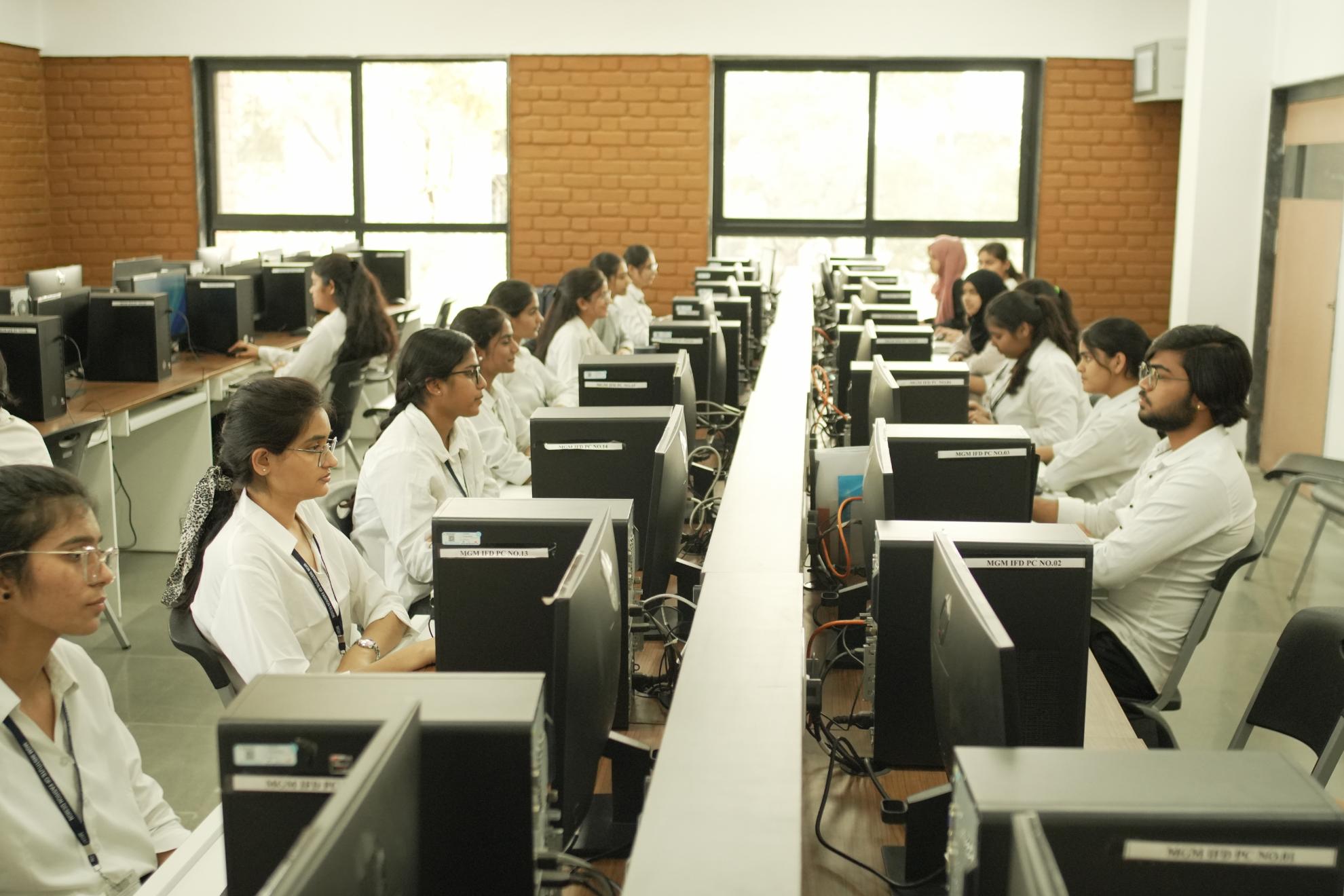
The Computer lab caters the class of 40 students. List of Design Software accessible to the students:-
Adobe Illustrator, Photoshop, InDesign, CorelDRAW AutoCAD
(All the computers have 24X7 internet access.)

IFD Total books. 601 volume Total magazine 06 Volume 189
Total journal 03 Volume 30
COFA Total books volume 852 Total magazine 4
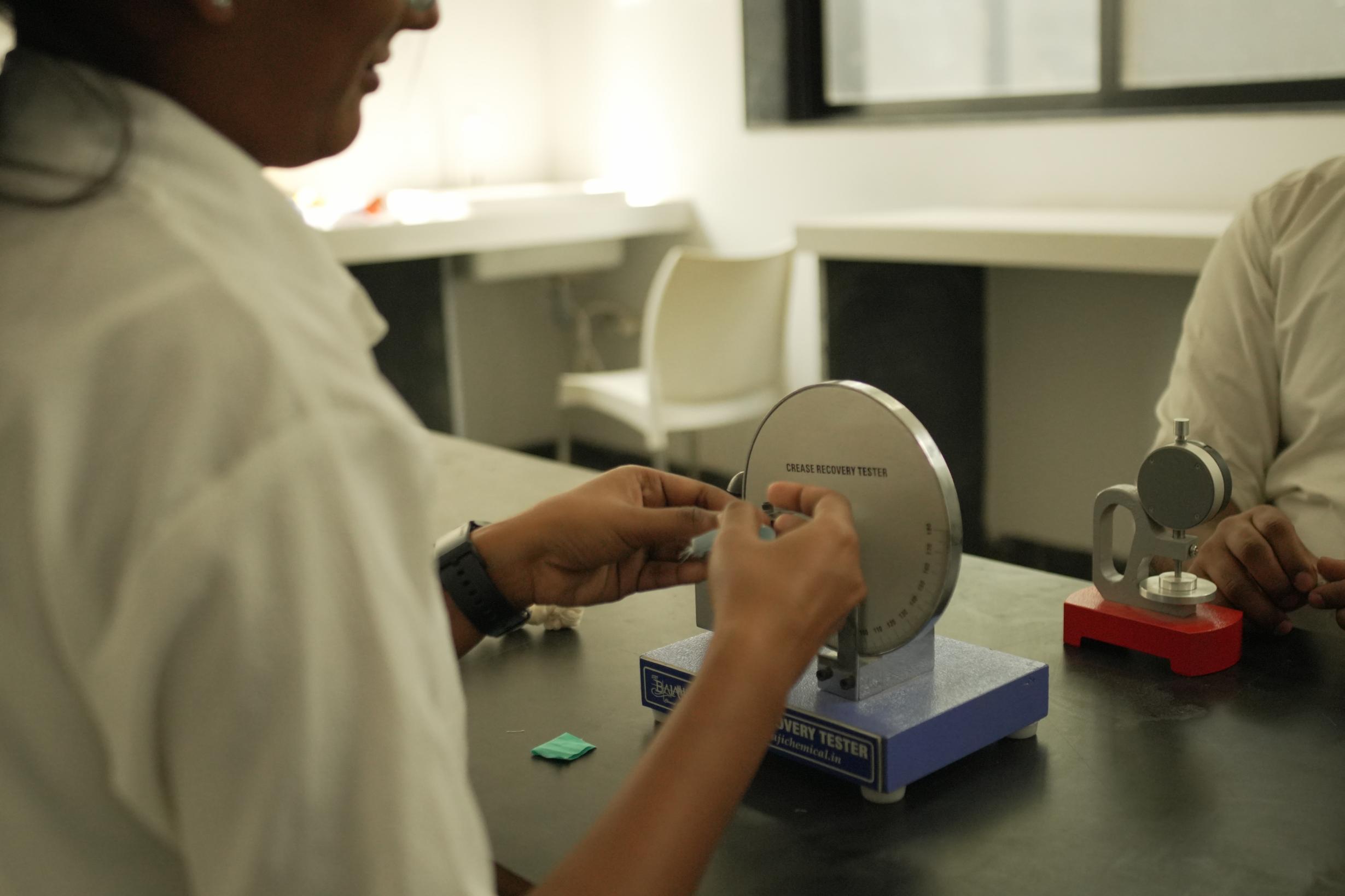
List of equipment’s accessible to the students: -Fibre testing equipment - Microscope
Yarn Testing Equipment - Beesly Balance Twist Tester Wrap Reel Motorized Crease Recovery tester GSM Round Cutter Fabric thickness tester Tearing strength tester
Washable platform for Chemical Testing with a sink at the corner For Mechanical Testing wooden platforms or tables with storage and a centre table for cutting of specimen and demonstration
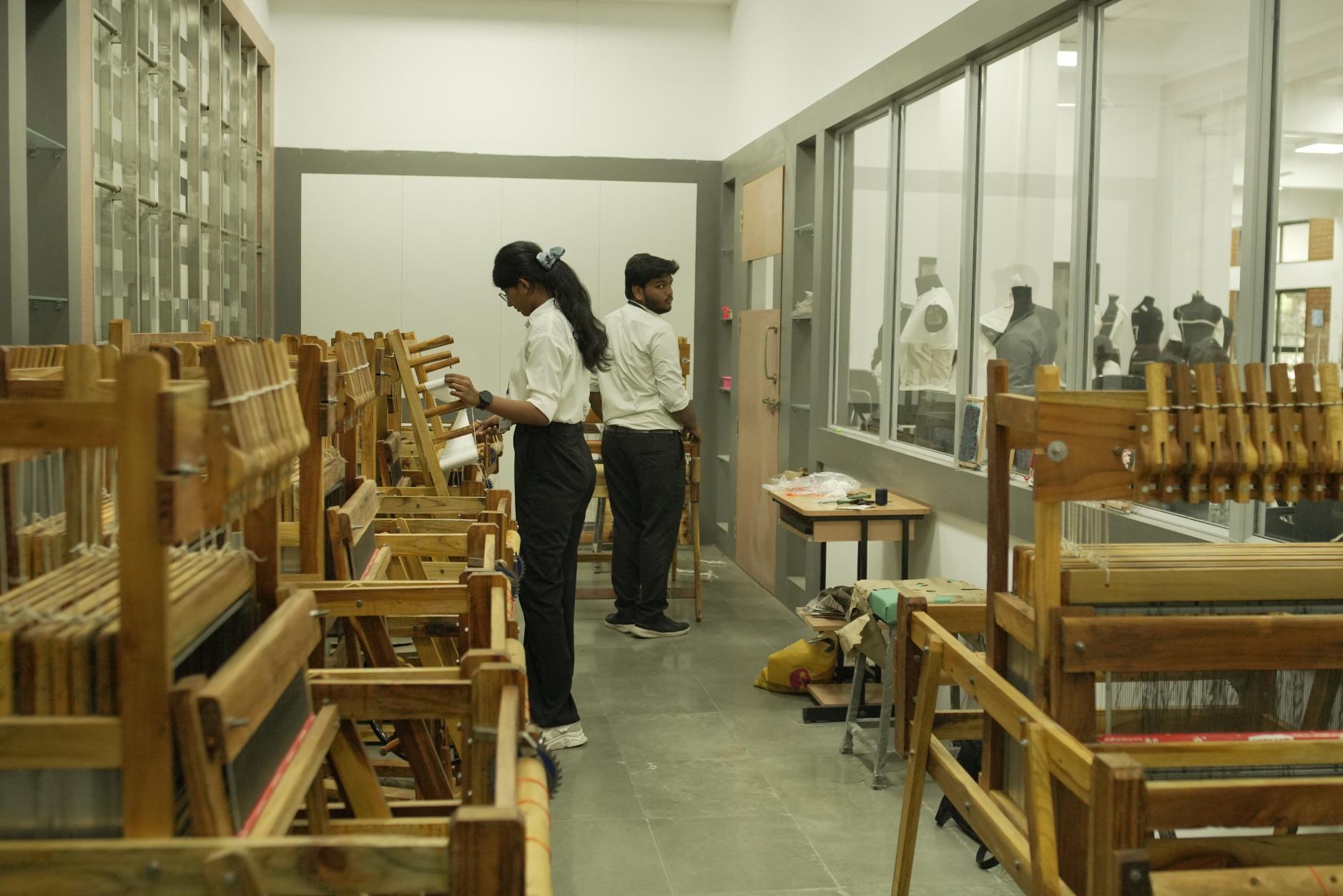
Equipped with table looms so that students can create weave patterns.
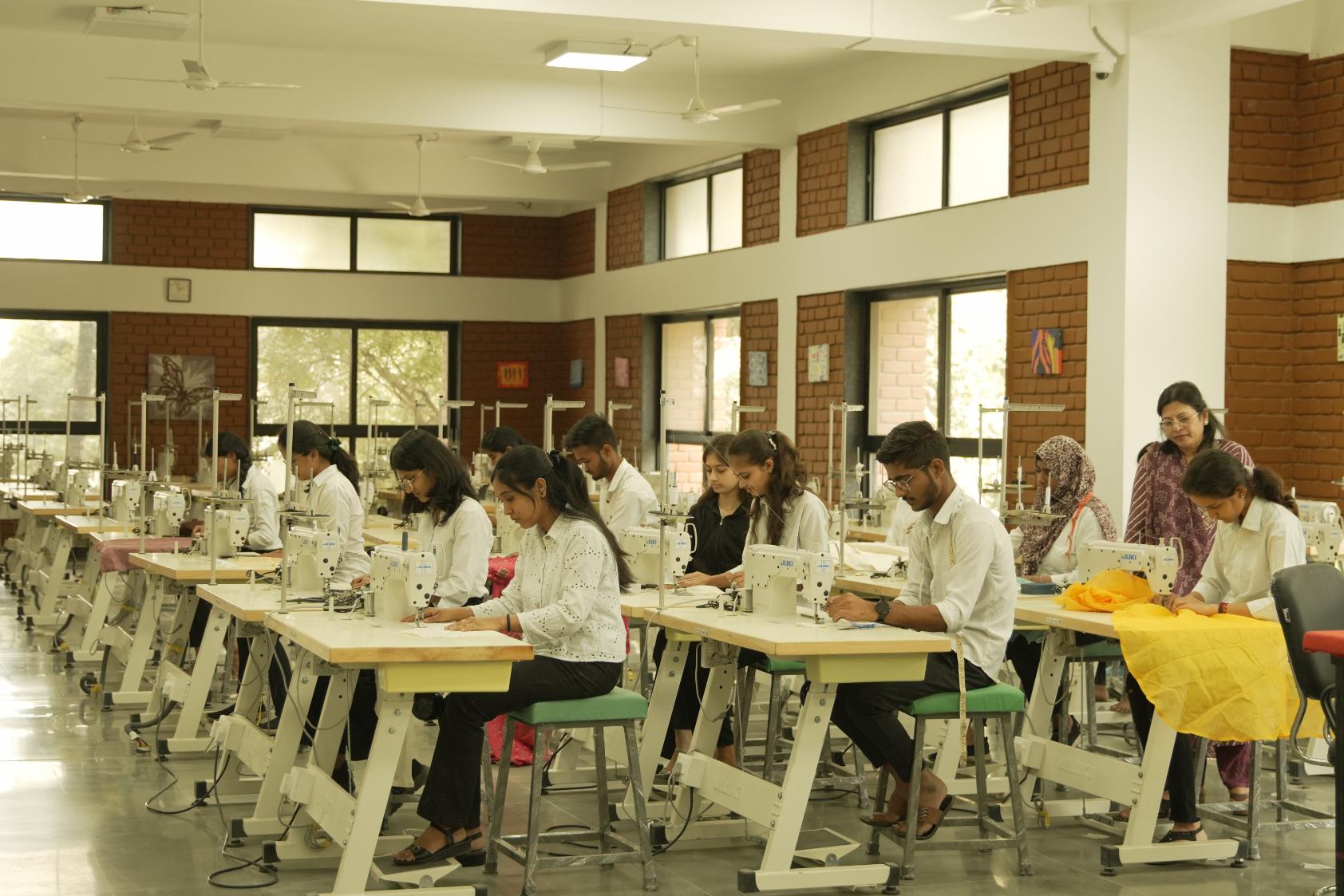
Garment Construction lab is equipped with commercial sewing machines (Juki), drafting tables and white boards
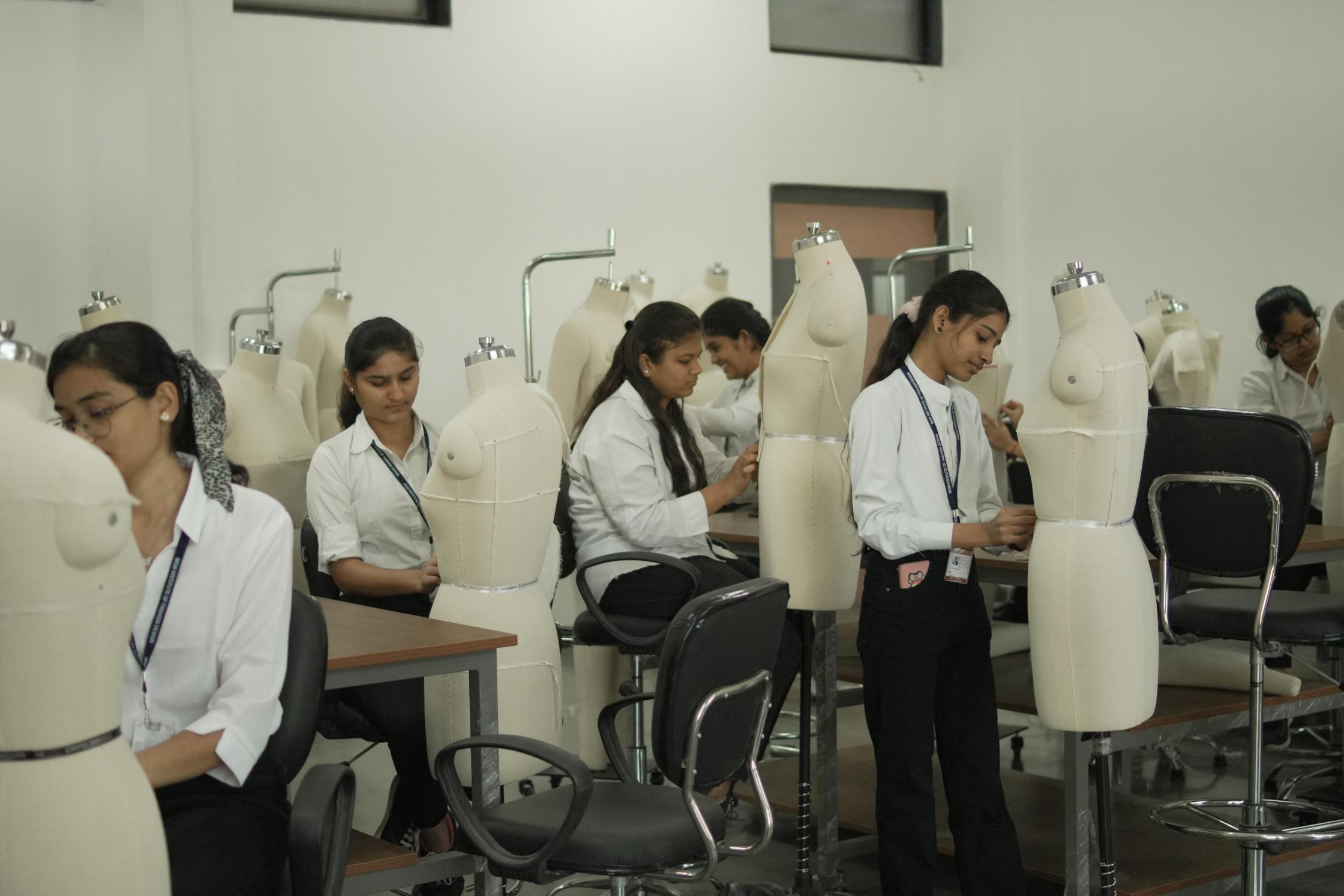
The Pattern making studio is equipped with drafting tables, dress forms and white boards.
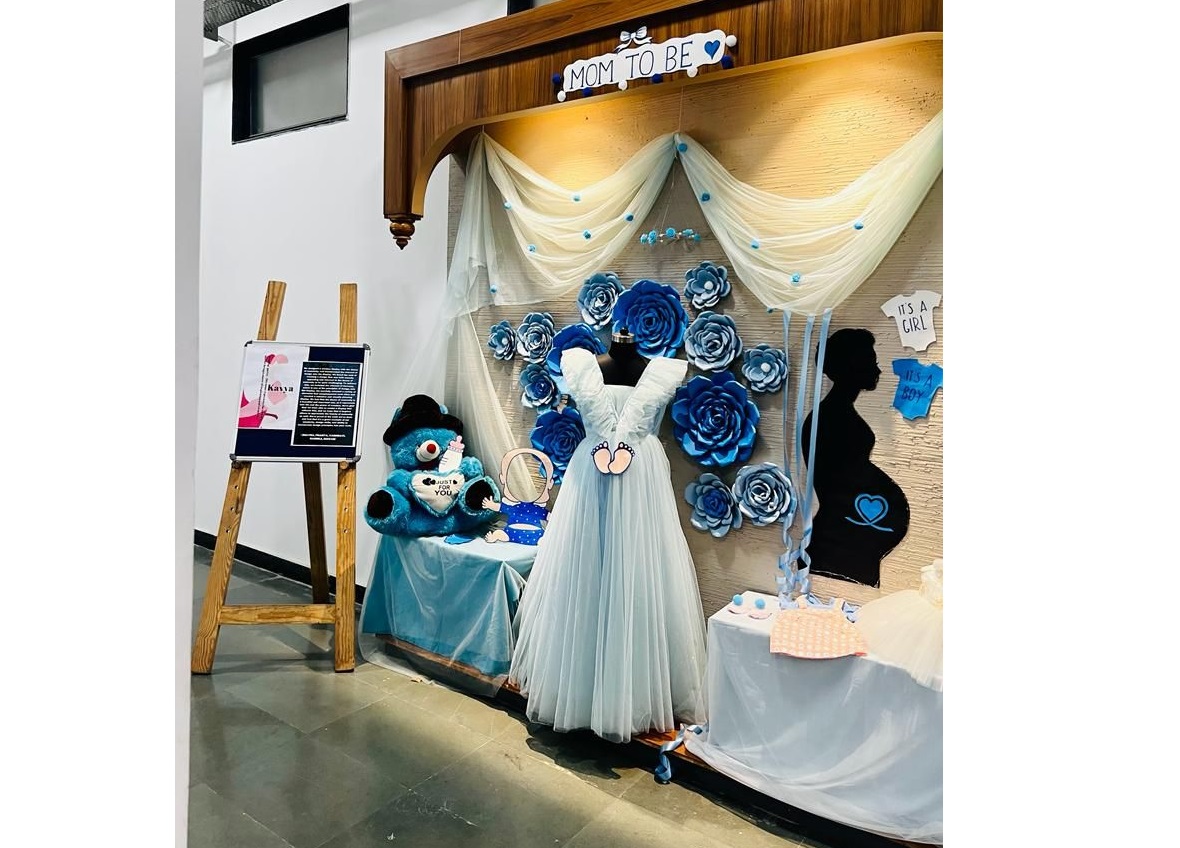
Exhibition Area to exhibit students, work.